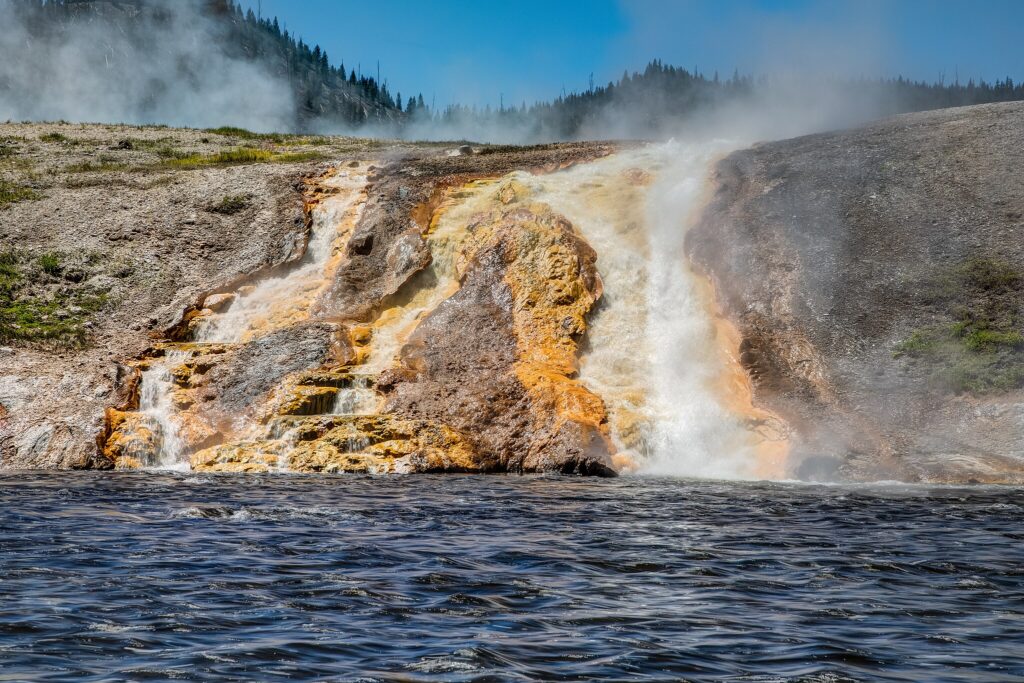Dinosaurs captivate our imagination not just through their incredible diversity and size, but also through the remarkable ways their remains have been preserved for millions of years. Among the various environments where dinosaur fossils have been discovered, rivers represent particularly fascinating preservation settings. These ancient waterways served as both habitats and final resting places for many prehistoric creatures. The geological processes associated with riverine environments created unique conditions that allowed for exceptional fossilization, providing paleontologists with invaluable windows into dinosaur ecology, behavior, and ultimately, their deaths. This article explores the compelling evidence of dinosaurs that met their end in rivers and subsequently fossilized there, revealing how these aquatic environments contributed significantly to our understanding of these magnificent creatures.
Rivers as Dinosaur Death Traps

Rivers have always played a dual role in the lives of animals – providing essential resources while simultaneously posing significant dangers. During the Mesozoic Era, rivers functioned as natural death traps for dinosaurs in various ways. Flash floods could sweep away unsuspecting dinosaurs, drowning them and carrying their remains downstream. Others might have become mired in soft sediments while attempting to cross or drink from rivers, eventually succumbing to exhaustion, predation, or drowning. Some dinosaurs likely died during territorial disputes or hunting activities that occurred near water sources. The frequency with which modern animals meet their end near water bodies suggests that rivers were similarly consequential locations for dinosaur mortality, creating natural accumulations of remains that would eventually become part of the fossil record.
The Hell Creek Formation: A River-Preserved Dinosaur Treasure
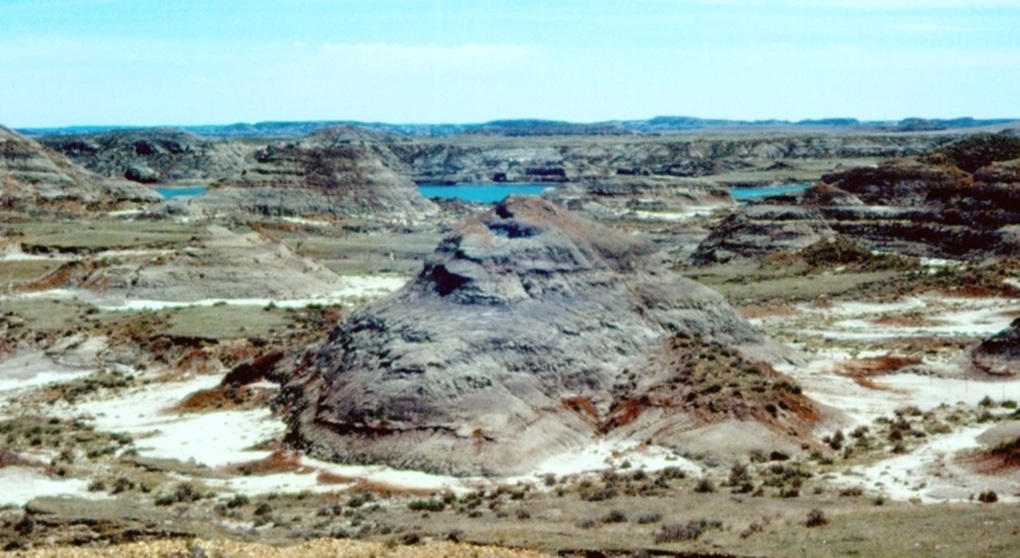
The Hell Creek Formation, spanning parts of Montana, North Dakota, South Dakota, and Wyoming, represents one of the most significant river-deposited dinosaur fossil sites in North America. Dating to the late Cretaceous period (roughly 66-68 million years ago), this formation preserves the remains of numerous dinosaurs that died in or near ancient river systems. Paleontologists have recovered exceptional specimens of Tyrannosaurus rex, Triceratops, and Edmontosaurus from these sediments, often showing signs of having been transported by water after death. The sandstones and mudstones of Hell Creek were deposited by meandering rivers and floodplains, creating ideal conditions for fossilization. The formation’s river channels entombed dinosaur remains quickly beneath layers of sediment, protecting them from scavengers and environmental degradation while mineralizing their bones over millions of years.
The Remarkable Preservation of the “Dueling Dinosaurs”

One of the most spectacular examples of river-preserved dinosaurs is the “Dueling Dinosaurs” specimen discovered in Montana in 2006. This remarkable fossil contains the intertwined remains of a Tyrannosaurus rex and a Triceratops, apparently locked in combat at the time of their deaths. Geological evidence suggests these dinosaurs died in or near a river, with their bodies quickly buried by sediment during a flooding event. The exceptional preservation of these specimens, including skin impressions and minimal scavenging damage, indicates rapid burial in a riverine environment. The fine-grained sediments typical of river deposits protected the fossils from decomposition and maintained their articulation. This specimen demonstrates how river environments could create “snapshot” moments of dinosaur behavior, preserving not just bones but also evidence of ecological interactions that would otherwise be lost to time.
Evidence of Mass Drownings in Ancient Rivers
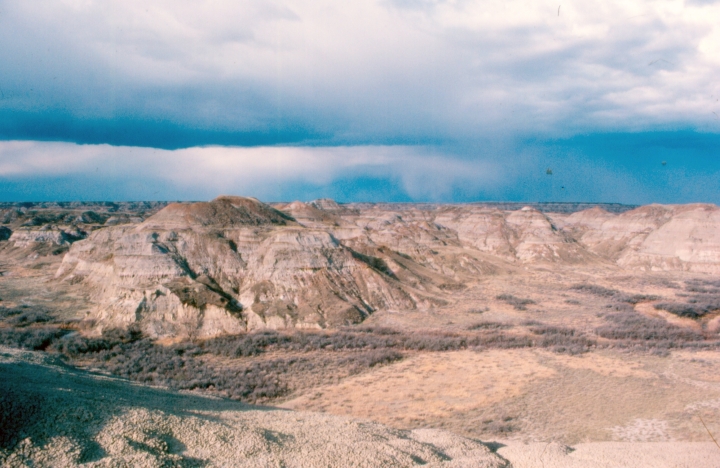
Paleontological records contain compelling evidence of dinosaur mass drowning events in river systems. Perhaps the most famous example comes from the Dinosaur Provincial Park in Alberta, Canada, where bone beds of Centrosaurus (a horned dinosaur) suggest entire herds perished while attempting to cross flooded rivers. The orientation of these fossils, their state of preservation, and the sedimentological context all point to catastrophic drowning as the cause of death. Similar mass death assemblages have been documented in the Two Medicine Formation in Montana and the Nemegt Formation in Mongolia. These mass drownings typically occurred when migrating herds encountered rivers swollen by seasonal rains or flash floods. The rapid burial of multiple individuals in river sediments created density-packed bone beds that provide valuable information about dinosaur social behavior and herd dynamics, while also preserving evidence of the lethal power of ancient rivers.
The Fossilization Process in River Environments

River environments offer ideal conditions for the fossilization process through a phenomenon known as “hydraulic accumulation.” When dinosaurs died in or near rivers, their remains could be quickly covered by sediment, protecting them from scavengers and environmental degradation. The constant deposition of sand, silt, and clay in river systems buried carcasses under layers of sediment, creating an oxygen-poor environment that slowed decomposition. Over time, groundwater rich in dissolved minerals would percolate through these sediments, gradually replacing the organic materials in bones with minerals like silica, calcite, and pyrite. This process, called permineralization, transformed the once-living tissue into stone while maintaining the original structure. The cyclical nature of river flooding events often created distinct layers of fossils corresponding to different periods, allowing paleontologists to reconstruct the chronology of dinosaur communities over thousands or millions of years.
Spinosaurus: The River-Dwelling Dinosaur

Recent discoveries have revealed that some dinosaurs were specifically adapted to river environments, with Spinosaurus aegyptiacus standing as the most compelling example of a river-specialized dinosaur. This massive theropod, larger than Tyrannosaurus rex, possessed adaptations indicating a semi-aquatic lifestyle, including dense bones for buoyancy control, paddle-like feet, and a sail-like structure that may have aided in swimming or thermoregulation. Fossils of Spinosaurus have been found exclusively in river and delta deposits in North Africa, particularly in the Kem Kem beds of Morocco. These discoveries suggest that Spinosaurus not only lived in river environments but likely died there as well, with their remains being preserved in riverine sediments. The connection between Spinosaurus and ancient rivers demonstrates that some dinosaurs had evolved specialized adaptations to aquatic habitats, making rivers both their living environment and their final resting place.
The Judith River Formation: A River-Dominated Ecosystem

The Judith River Formation in Montana represents one of North America’s most productive river-deposited dinosaur fossil sites, preserving a diverse Late Cretaceous ecosystem from approximately 75-80 million years ago. This formation consists primarily of sandstones and mudstones deposited by ancient river systems flowing eastward from the newly forming Rocky Mountains. Paleontologists have recovered thousands of fossils from this formation, including specimens of Daspletosaurus, Lambeosaurus, and Einiosaurus that show clear evidence of river transport and burial. The distribution of fossils within the formation often follows ancient river channels, with concentrations occurring at bends where currents naturally deposited heavier materials like bones. Sedimentological analysis of the matrix surrounding these fossils reveals characteristic river deposits, including cross-bedded sandstones and ripple marks that confirm the riverine context of these dinosaur deaths and subsequent fossilization.
The Infamous Cleveland-Lloyd Dinosaur Quarry
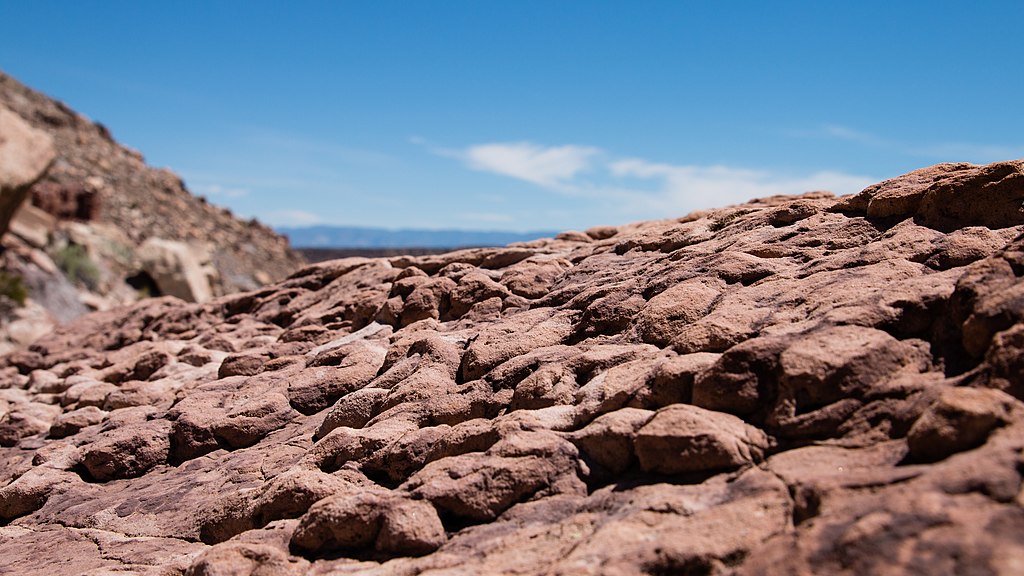
The Cleveland-Lloyd Dinosaur Quarry in Utah presents a fascinating case study of dinosaur remains preserved in what may have been a river-adjacent environment. This Jurassic-period site contains the remains of at least 70 individual dinosaurs, predominantly Allosaurus, packed densely in a relatively small area. While the exact nature of this death assemblage remains debated, one leading hypothesis suggests these dinosaurs became trapped in a muddy floodplain adjacent to a river system. Seasonal flooding would have created treacherous mud pits where predators became trapped while pursuing stuck prey, creating a deadly cycle of accumulation. The fine-grained mudstone preserving these fossils indicates low-energy water deposition typical of floodplains or slow-moving sections of river systems. Chemical analysis of the sediments shows evidence of periodic inundation and drying, consistent with a dynamic riverine environment that proved fatal to numerous dinosaurs over time.
Dinosaur Eggs and Nests in Floodplain Deposits

River floodplains served as nesting grounds for many dinosaur species, and these environments occasionally preserved both eggs and the remains of parent dinosaurs when flooding events occurred. The Two Medicine Formation in Montana has yielded remarkable examples of Maiasaura nesting grounds preserved in ancient floodplain deposits adjacent to river channels. In some cases, adult specimens have been found in association with these nests, suggesting parents may have died defending their offspring from rising floodwaters. Similar discoveries in the Gobi Desert of Mongolia show evidence of Oviraptor parents perishing while brooding their eggs, possibly during sudden sandstorms or flash floods in seasonal river systems. These discoveries provide poignant examples of dinosaurs that died in riverine environments while engaged in parental care, with the same floodwaters that claimed their lives also creating the conditions for exceptional preservation of both adult remains and their nests.
Reading the Clues: How Scientists Identify River Deaths

Paleontologists employ multiple lines of evidence to determine whether a dinosaur died in a river environment. Sedimentological context provides the most direct evidence, with cross-bedded sandstones, ripple marks, and channel structures indicating riverine deposits. The orientation and distribution of fossil bones often reflect water transport, with elongated bones typically aligned parallel to water flow direction. Taphonomic evidence—the study of how organisms decay and become fossilized—reveals important clues about post-mortem transport in water, including abrasion patterns, selective preservation of certain skeletal elements, and the degree of articulation. Geochemical analyses of the surrounding matrix and the fossils themselves can reveal signatures consistent with burial in river sediments, including characteristic mineral compositions and isotope ratios. By combining these different analytical approaches, researchers can reconstruct not just where a dinosaur died, but often how it died and what happened to its remains before final burial and fossilization.
Dinosaur Trackways Preserved in Ancient Riverbeds
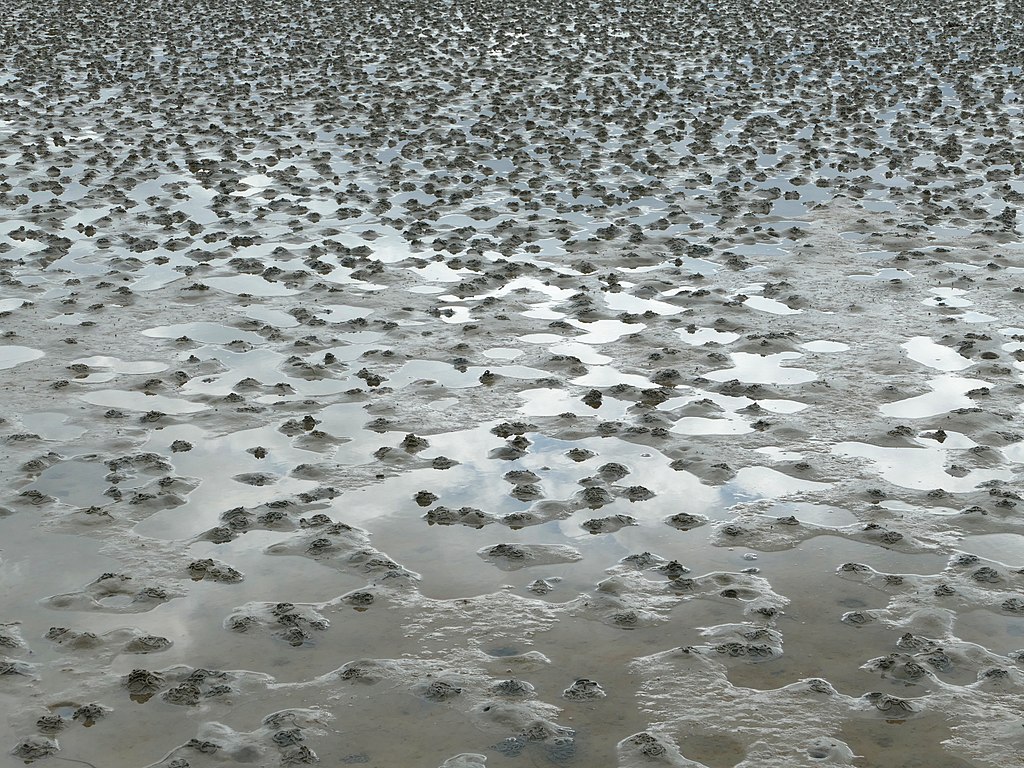
River environments preserved not just dinosaur remains but also their footprints, providing valuable evidence of living dinosaurs interacting with aquatic habitats. Trackways discovered in ancient riverbed deposits in the Connecticut River Valley, the Paluxy River in Texas, and sites throughout Utah show that dinosaurs regularly traversed shallow rivers and streams. These trackways are typically preserved when dinosaurs walked across muddy substrates along riverbanks or in shallow water, leaving impressions that were quickly filled with sediment during subsequent flooding events. Some trackways terminate abruptly at deeper channel deposits, potentially indicating where dinosaurs entered deeper water to swim or, in some cases, possibly where they encountered difficulty and drowned. The combination of body fossils and trackways in river deposits provides complementary evidence of how dinosaurs lived—and sometimes died—in these dynamic environments that were simultaneously essential for survival and potentially lethal.
Modern Analogues: River Deaths in Contemporary Ecosystems

The study of modern animal deaths in river environments provides valuable insights into how dinosaurs may have perished in similar settings millions of years ago. Annual wildebeest migrations across the Mara River in Africa result in mass drownings that create bone accumulations highly reminiscent of dinosaur bone beds found in ancient river deposits. These modern events demonstrate how seasonal migrations and river crossings create predictable patterns of mortality that would be preserved in the fossil record. Similarly, observations of crocodilians attacking large mammals at water margins mirror scenarios that likely played out between predatory dinosaurs and their prey. Flood events in contemporary river systems regularly claim the lives of animals caught in rising waters, creating natural experiments in taphonomy as carcasses are transported, deposited, and buried in patterns that paleontologists can compare to dinosaur assemblages. These modern analogues help scientists interpret the fossil record with greater confidence, confirming that rivers have consistently functioned as significant sites of animal mortality and fossilization across geological time.
Future Discoveries: River Deposits as Ongoing Sources of Dinosaur Fossils

Ancient river deposits continue to yield new dinosaur discoveries, with erosion constantly exposing previously hidden fossils. River formations represent some of the most productive hunting grounds for paleontologists, particularly in regions like the Western United States, Argentina’s Neuquén Basin, and China’s Yixian Formation. Advanced techniques like ground-penetrating radar and LiDAR are now helping researchers identify ancient river channels preserved underground, potentially guiding excavations to new fossil hotspots. Climate change is accelerating erosion in many regions, exposing new fossils in riverbed deposits but also potentially destroying others before they can be properly documented. The continuing refinement of sedimentological analysis allows paleontologists to target specific types of river deposits most likely to contain well-preserved specimens, increasing the efficiency of field expeditions. As these research efforts progress, our understanding of how rivers served as both habitats and final resting places for dinosaurs will undoubtedly continue to expand, revealing new chapters in the story of these magnificent creatures.
Conclusion
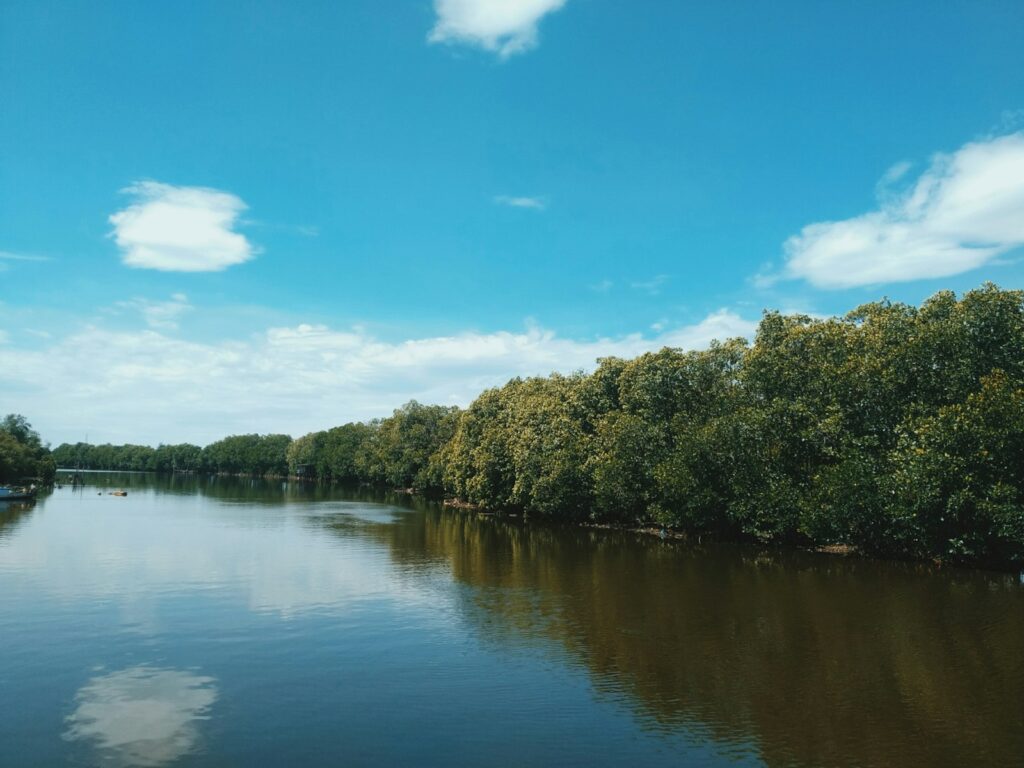
The evidence is clear: rivers played a crucial role not only in the lives of dinosaurs but also in their deaths and subsequent fossilization. From catastrophic flood events that claimed entire herds to predation scenes along riverbanks preserved for millions of years, riverine environments have given us some of our most spectacular and informative dinosaur fossils. The unique preservation conditions offered by rivers—rapid burial, oxygen-poor environments, and mineral-rich groundwater—created ideal circumstances for fossilization that have allowed these ancient creatures to endure in the geological record. As paleontologists continue to investigate ancient river deposits around the world, each discovery adds to our understanding of how dinosaurs lived, died, and were ultimately preserved in these dynamic environments. Rivers continue to reveal their secrets, connecting us to a distant past when dinosaurs roamed the Earth, occasionally meeting their end in the same waterways that sustained their lives.

